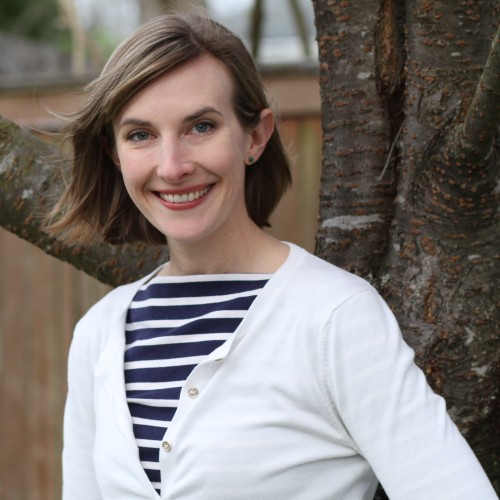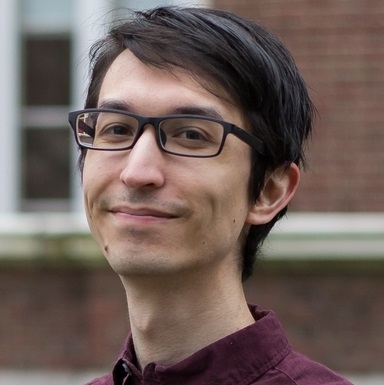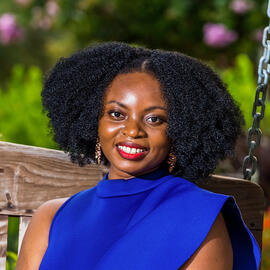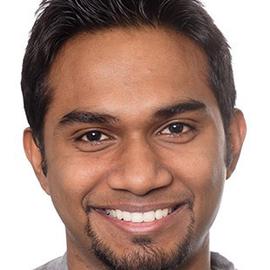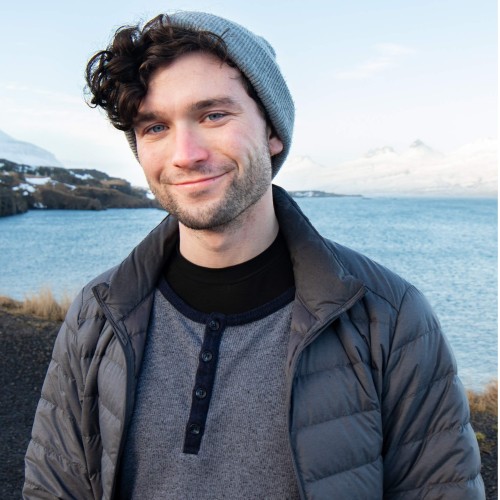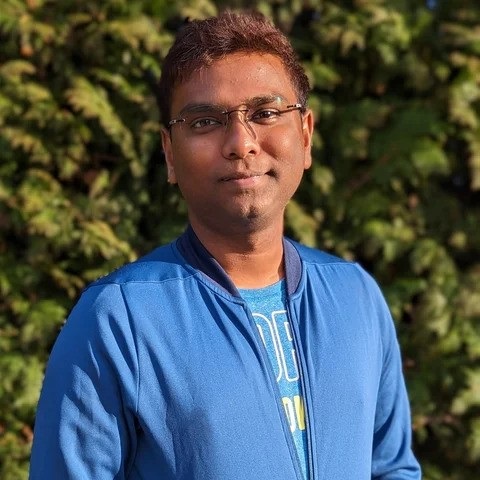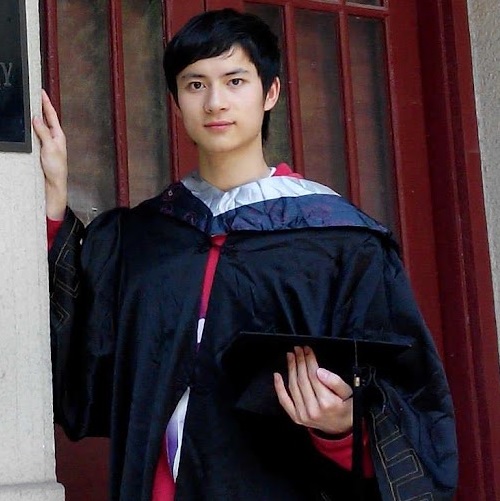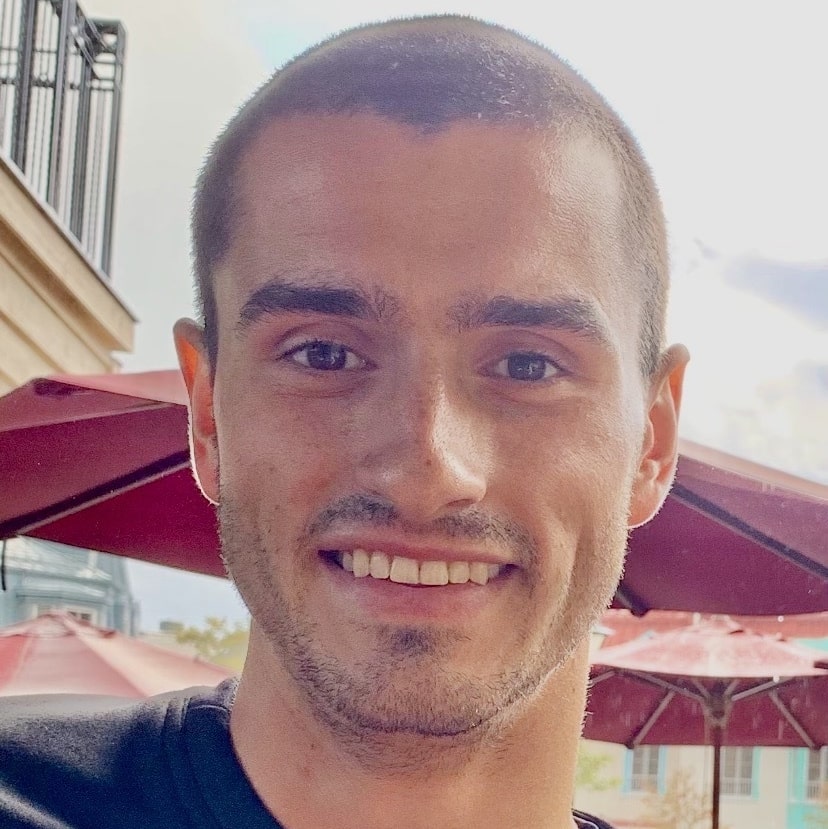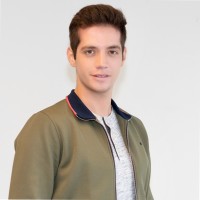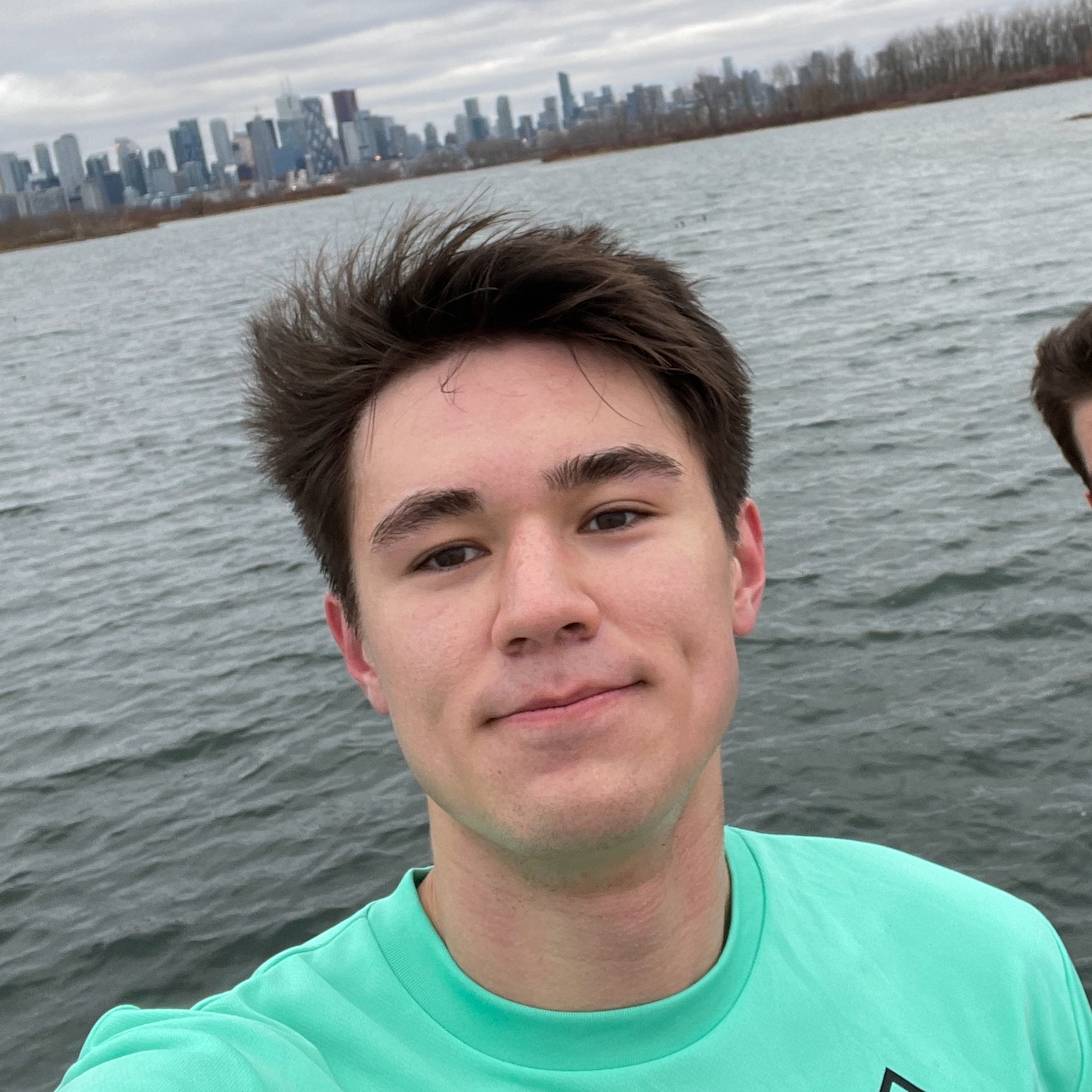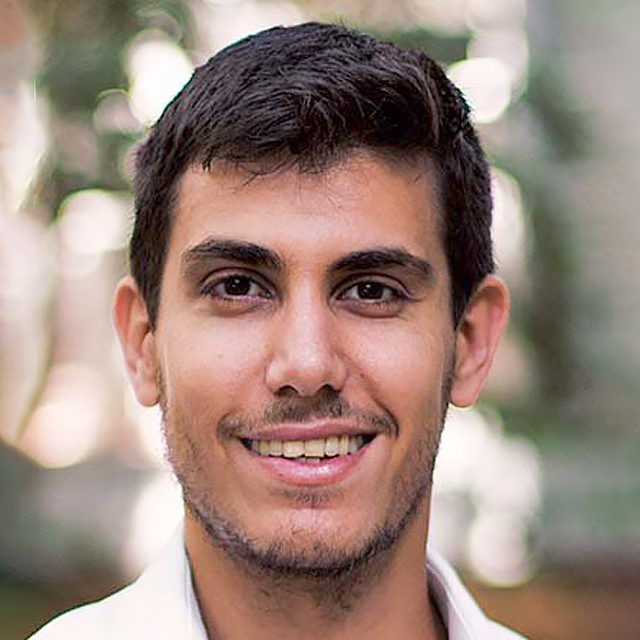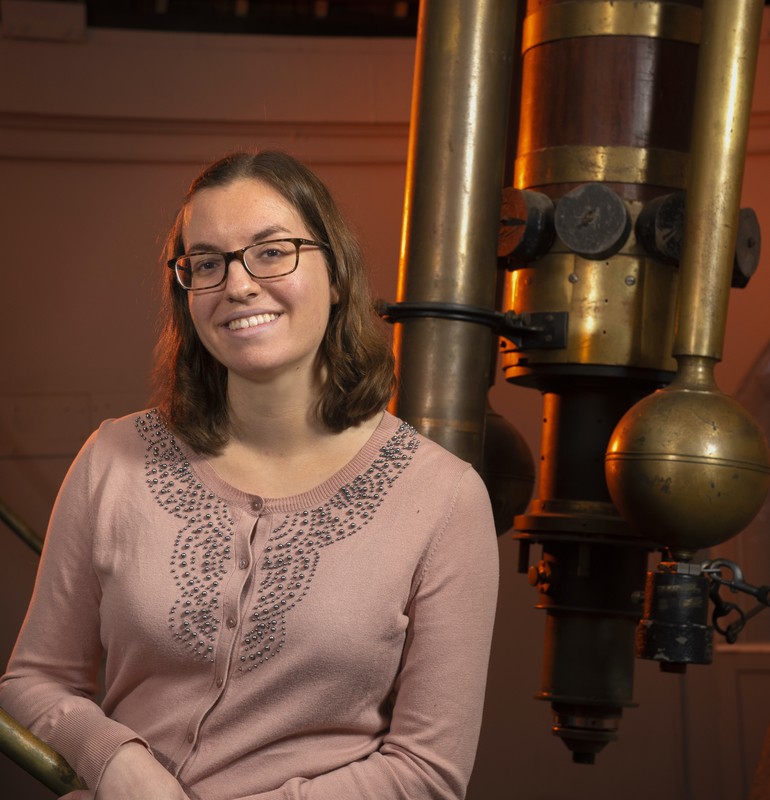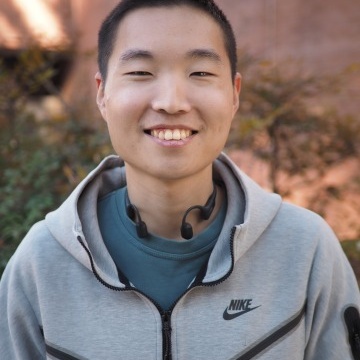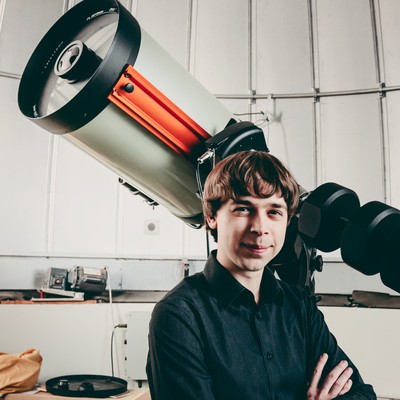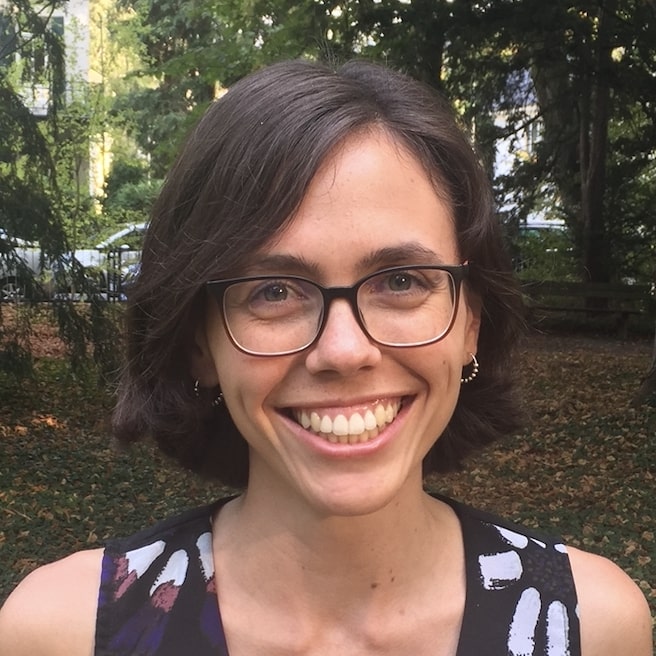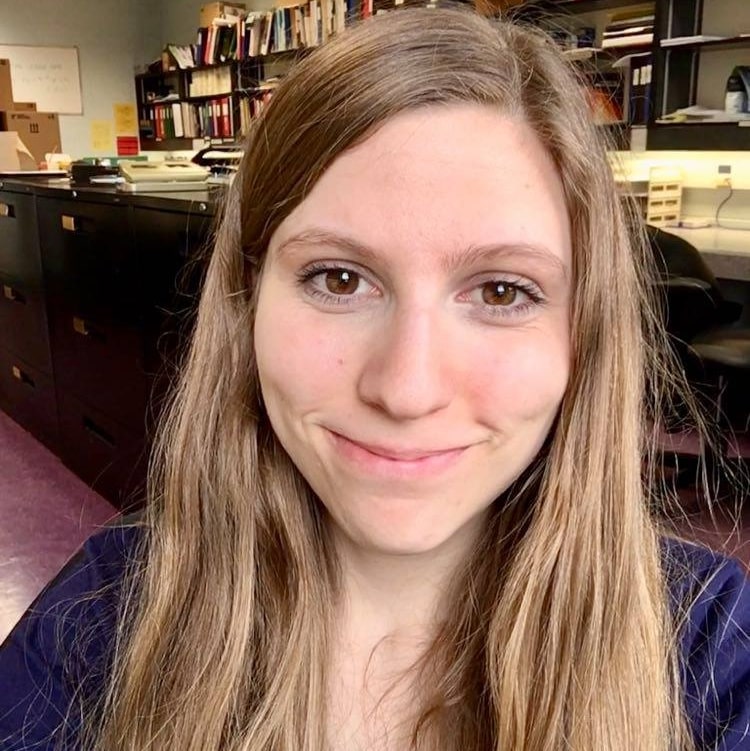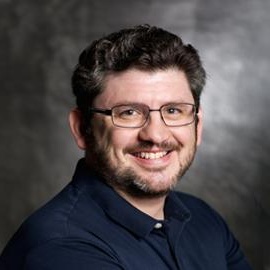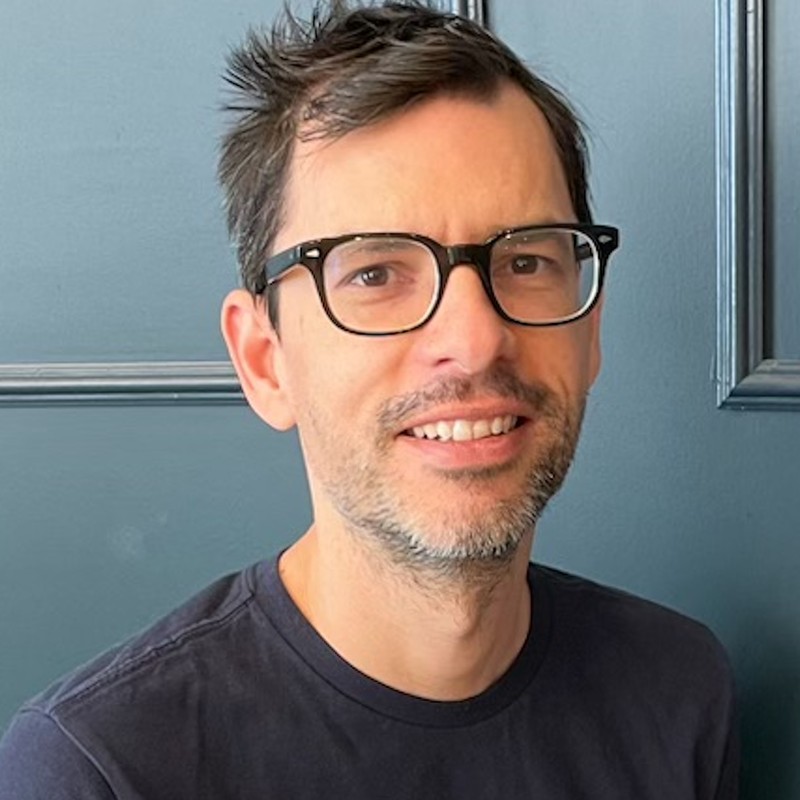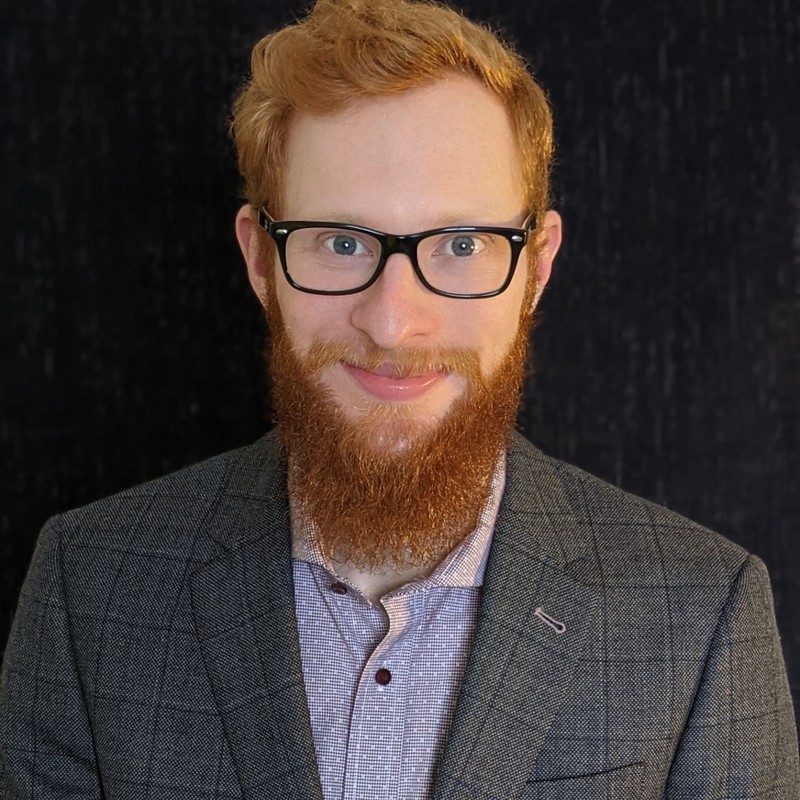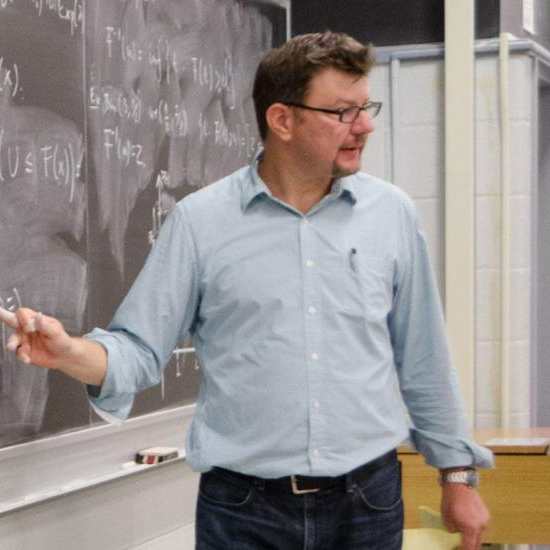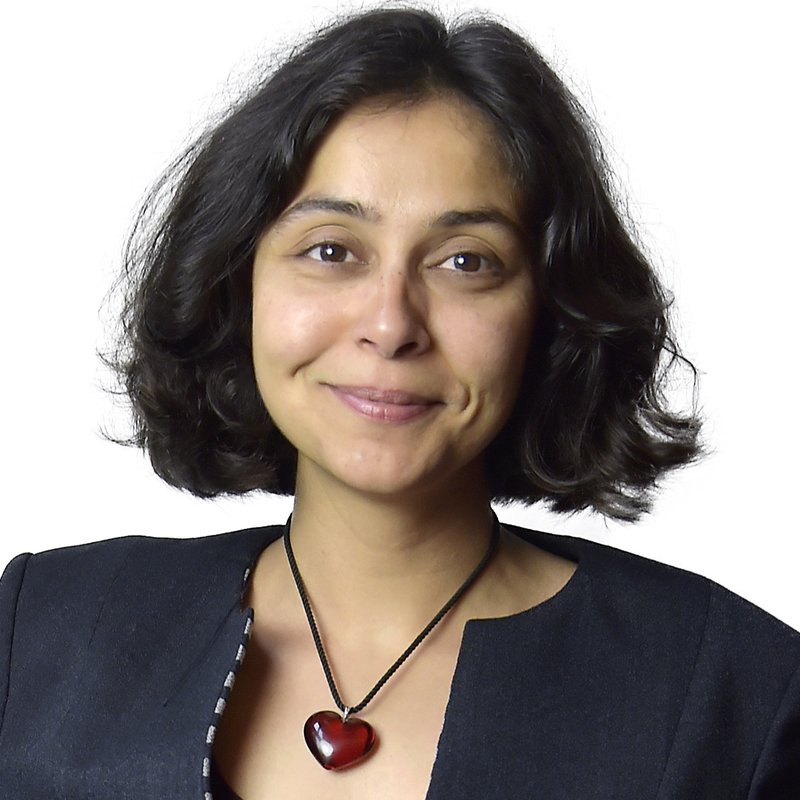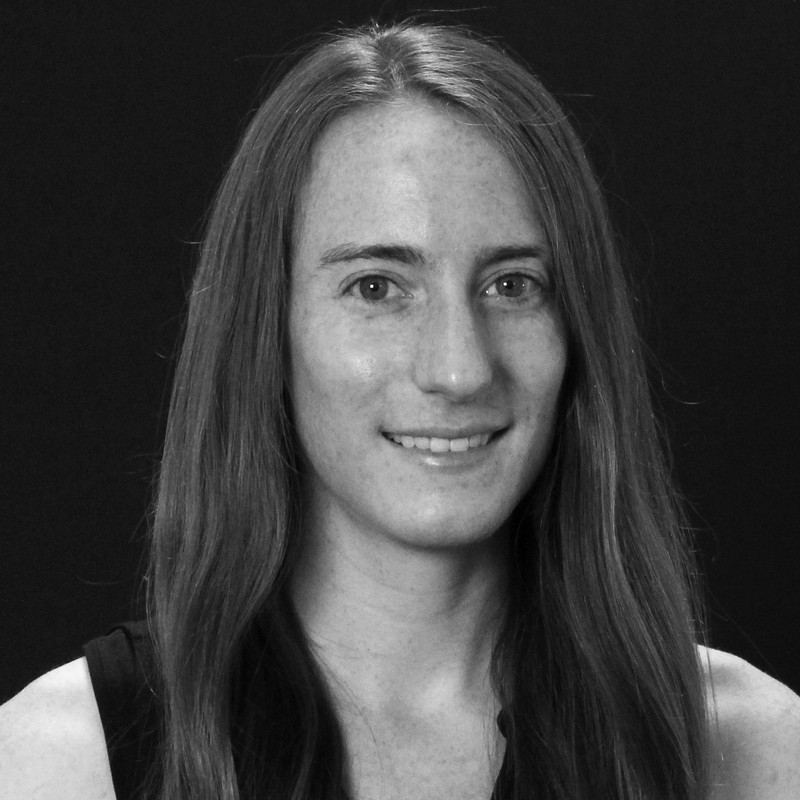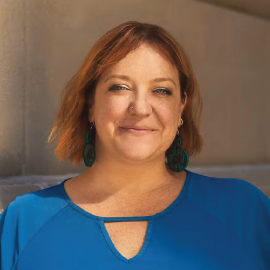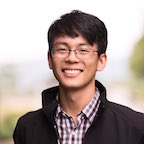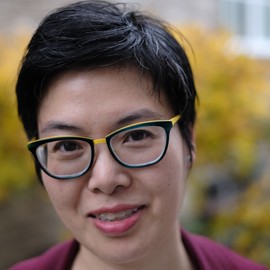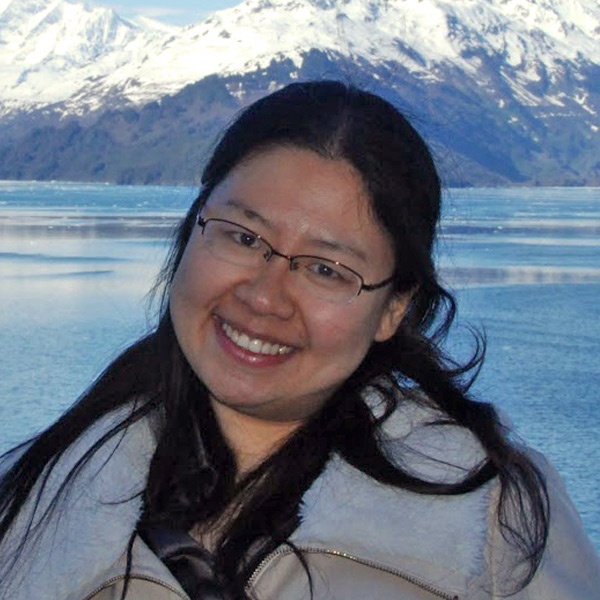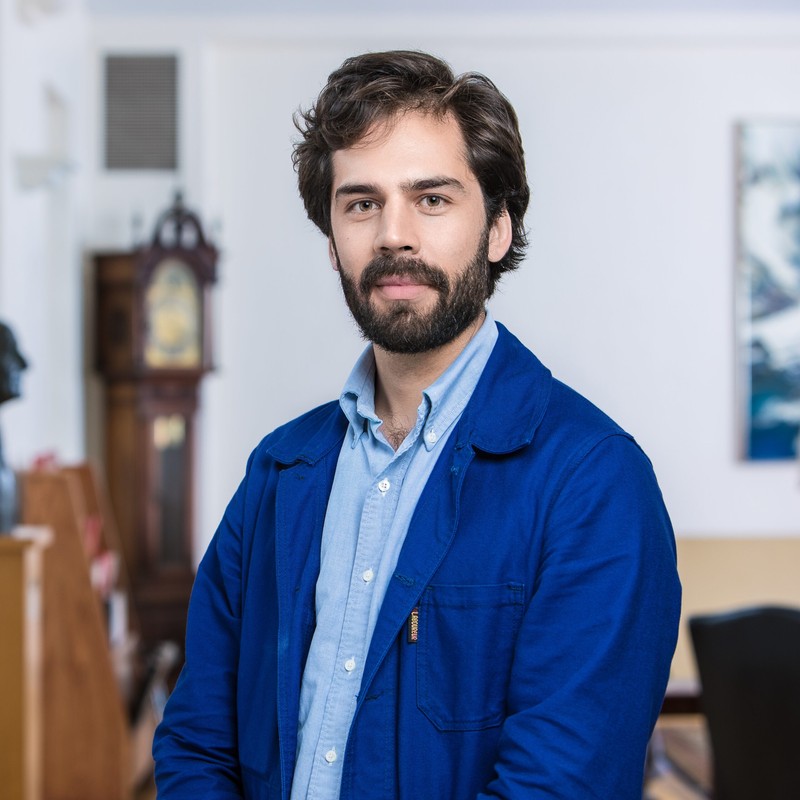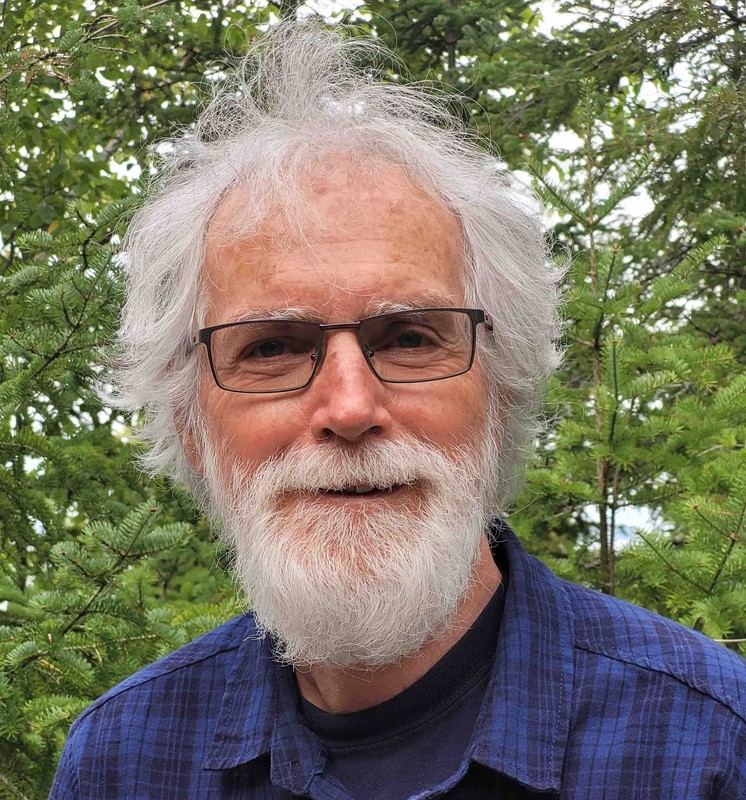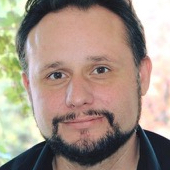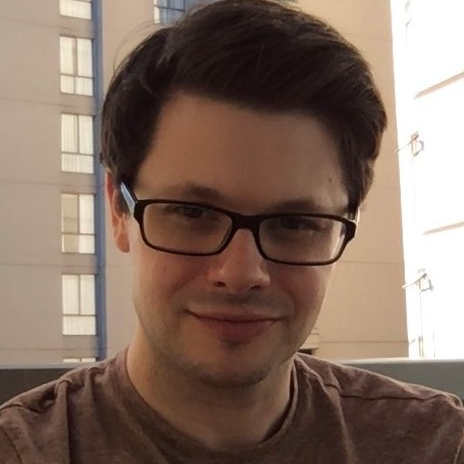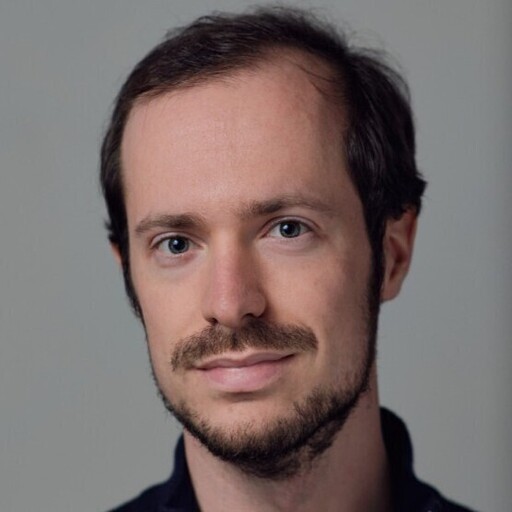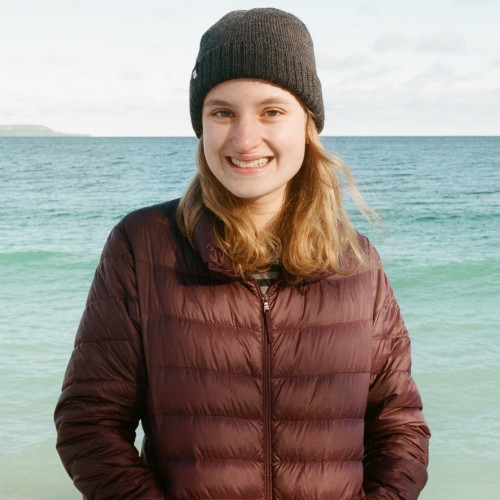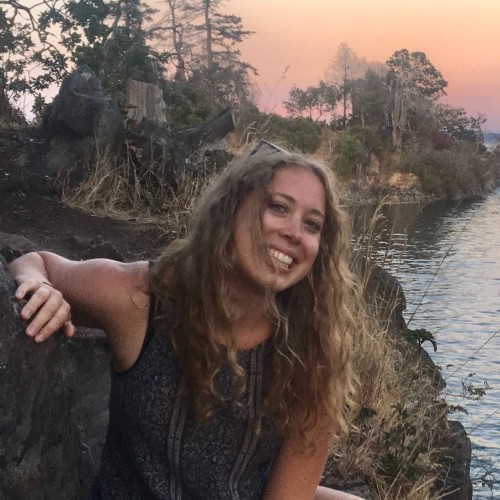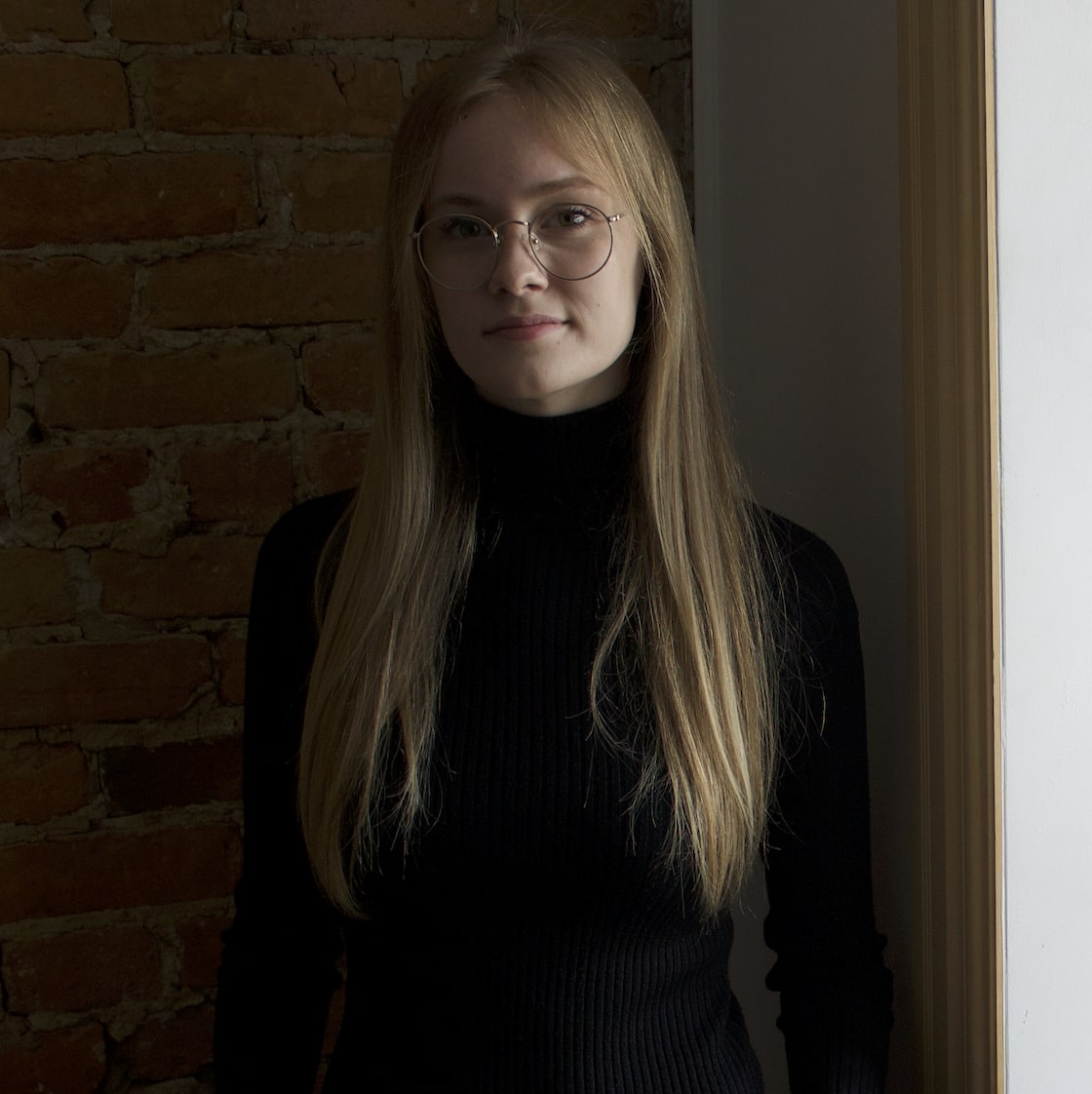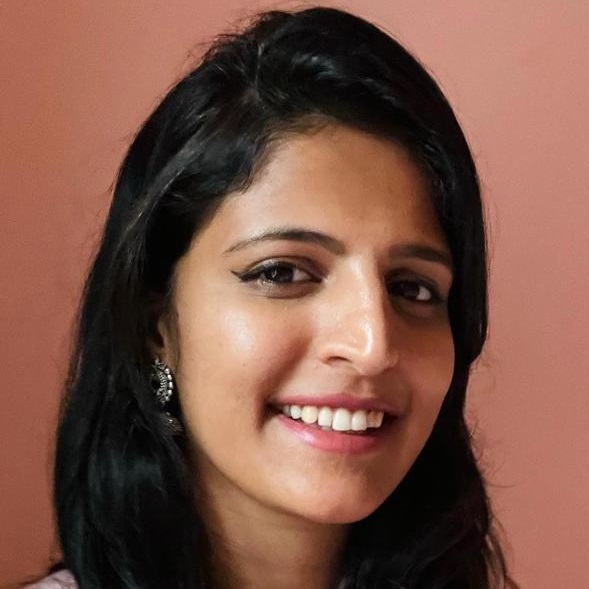People
The ART is made up of researchers across astrophysics, statistics, and data science spanning a wide range of career stages. More information about individual members of the group can be found below.
Faculty
Postdoctoral Researchers
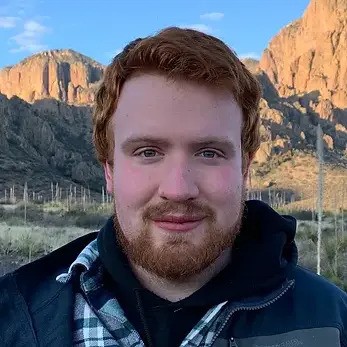
Ronan KerrPersonal Website
Ronan is a Dunlap Postdoctoral Fellow who works on novel observational techniques that broaden our knowledge of star formation within our galaxy. He aims to reconstruct recent star formation history using Gaia and Sloan Digital Sky Survey V (SDSS-V) data of young stars with a goal of creating the time-resolved star formation map in the last 50 Myrs. He received his Ph.D. at the University of Texas at Austin under the supervision of Adam Kraus. Outside of research, Ronan is interested in astronomy and science outreach programs. He also enjoys stargazing, amateur astronomy, and astrophotography.
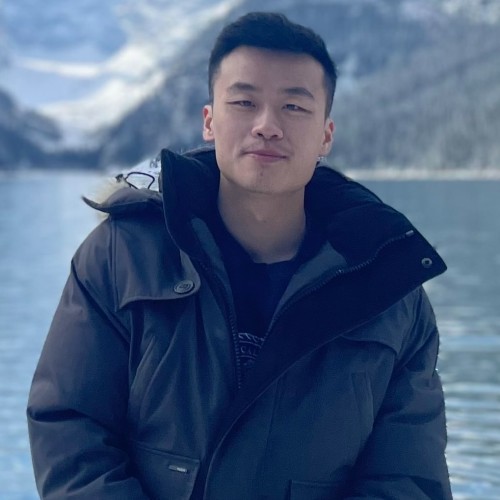
David (Dayi) LiPersonal Website
David is a postdoctoral fellow and recent Ph.D. graduate working with Gwen Eadie, Patrick Brown, and Roberto Abraham. His research focuses on spatial statistics and Bayesian computation. Specifically, he is developing various spatial point process models to detect and study elusive Ultra-Diffuse Galaxies. He also designs fast, approximate Bayesian computational methods for large and complex statistical models.
Graduate Students
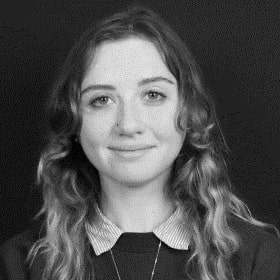
Mairead HeigerMairead is a 5th-year Ph.D. candidate and a Data Sciences Institute Doctoral Fellow in the David A. Dunlap Department of Astronomy & Astrophysics, supervised by Ting Li and Josh Speagle. She studies galactic chemical evolution using metal-poor stars and dwarf galaxies. Specifically, her research focuses on constraining nucleosynthetic yields (which remain one of the largest sources of uncertainty in chemical evolution models) with hierarchical modelling techniques. She is also interested in science communication and methods in stellar spectroscopy.
She also collaborates closely with Alex Ji at the University of Chicago.
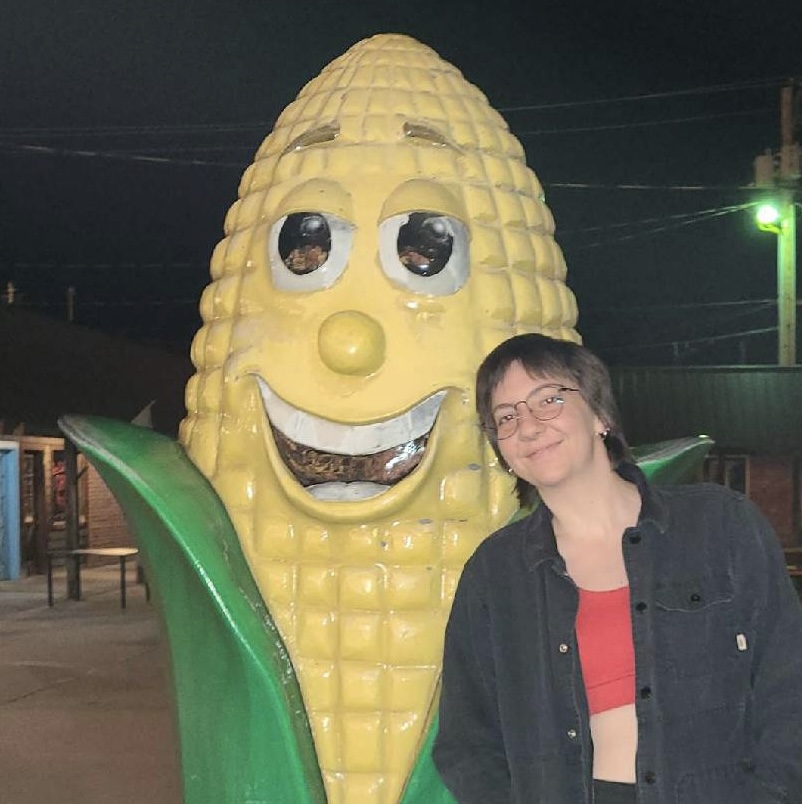
Anika SlizewskiAnika is a 4th-year Ph.D. student at the David A. Dunlap Department of Astronomy & Astrophysics who works with Gwen Eadie, Ting Li, and Jo Bovy on improving statistical methods of estimating masses of astronomical systems. They are interested in uncertainty analysis and have done work with outlier detection and dimensionality reduction of multiwavelength image data. Anika's long-term goal is to develop a consistent and accurate way to combine data from multiple types of populations to estimate properties of the Galaxy.
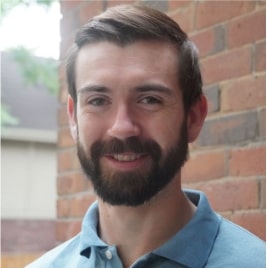
Phil Van-LanePhil is a 4th-year Ph.D. candidate in the David A. Dunlap Department of Astronomy & Astrophysics co-supervised by Gwen Eadie and Josh Speagle as well as Ryan Cloutier (McMaster). His research focuses on leveraging machine learning and statistical methods to develop stellar dating methods using rotation and magnetic activity data, with a focus on low-mass stars known as M-dwarfs. His long-term goal is to build a catalogue of M-dwarf ages and use these constraints to inform stellar activity and exoplanet evolutionary analyses.
ART Associates
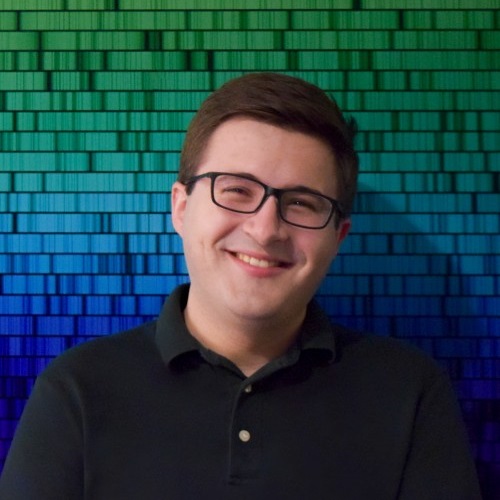
Andrew SaydjariPersonal Website
Andrew is a NASA Hubble Postdoctoral Fellow in the Princeton Department of Astrophysical Sciences. His research focuses on combining astrophysics, statistics, and high-performance coding to study the chemical, spatial, and kinematic variations in the dust that permeates the Milky Way. He believes knowledge comes from data, and data comes from instruments - a view that shapes his approach to science. He is also passionate about scientific communication, open source software/data availability, and the replication crisis.
Collaborators
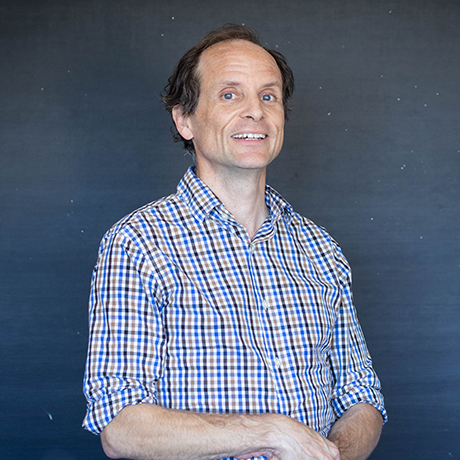
Patrick BrownPersonal Website
Patrick is an Associate Professor in the Department of Statistical Sciences. His research focuses on models and inference methodologies for spatio-temporal data, with applications in spatial epidemiology and environmental sciences.
Recent Alumni
